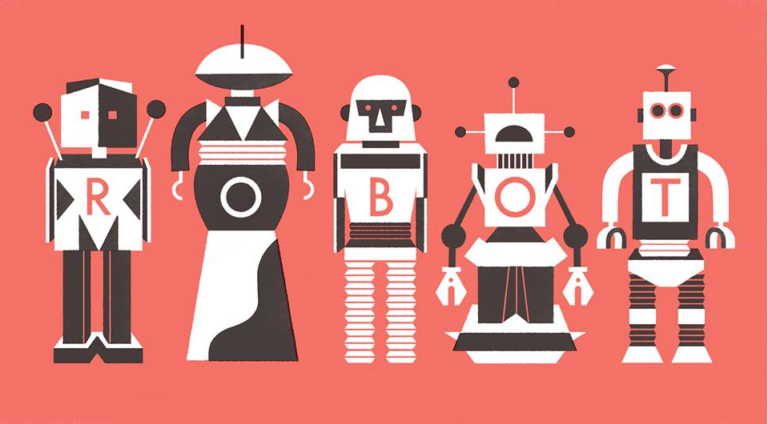
The literal definition of collaboration is: The action of working with someone to produce or create something. Which is the exact purpose of collaborative robots (cobots). The idea is for humans and robots to be inter-dependent and achieve what each of them does best, safely. There are a few things requiring human ingenuity that are best done manually, whereas the accuracy, precision and repetitive mass production at higher efficiency is best taken care of by robots. These cobots provide an added incentive to the workforce as consistent quality production is possible with human supervision.
Collaborative robots are lightweight, cost effective and incredibly easy to operate. The human-robot collaboration is different from traditional robots. That is what cobots are becoming very popular across factories.
Moreover production setups today often need to be flexible and agile in order to meet changing demand and stay competitive. The light weight cobot arms are easily moved and re-deployed to new processes, enabling you to automate virtually any manual task, including those with small batches or fast change-overs.
Register for Tekedia Mini-MBA edition 18 (Sep 15 – Dec 6, 2025) today for early bird discounts. Do annual for access to Blucera.com.
Tekedia AI in Business Masterclass opens registrations.
Join Tekedia Capital Syndicate and co-invest in great global startups.
Register for Tekedia AI Lab: From Technical Design to Deployment.
Most cobots in operation worldwide works right next to humans-with no safety guards to shield them and making robot technology accessible to all levels of industry. And cobots are more than happy to do the jobs that human operators find repetitive and dull.
Types of Collaborative features for robots
According the international standards ISO 10218 part 1 and part 2, there are four types of collaborative features for robots.
- Safety Monitored Stop: This kind of collaborative feature is used when a robot is mostly working on its own, but occasionally a human might need to enter its workspace. For example, when a certain operation must be performed on a part while it is in the robot’s space.
- Hand Guiding: This type of collaborative application is used for hand guiding or path teaching. So if you want to teach paths quickly for pick and place applications for instance, you might use this type of application
- Speed and Separation Monitoring: Here the environment of the robot is monitored by lasers or a vision system that tracks the position of the workers. The robot will act within the functions of the safety zones that have been pre-designed for it. If the human is within a certain safety zone, the robot will respond with designated speeds (generally slow) and stop when the worker comes too close.
- Power and Force Limiting: This is the type of robot that everybody calls a collaborative robot. So yes, this is probably the most worker friendly robot since it can work alongside humans without any additional safety devices.
The Concerns on Jobs
Instead of replacing human and causing job loss, collaborative robots helps companies in expanding operations, thereby creating job opportunities. Cobots help companies to expand multi-fold, thus creating jobs and many more opportunities at supervision roles. In a human-machine study conducted by MIT researchers at a BMW factory, it was shown that teams made of humans and robots collaborating efficiently can be around 85 percent more productive than teams made of either humans or robots alone. That helps to sell more products thereby needing more humans.


